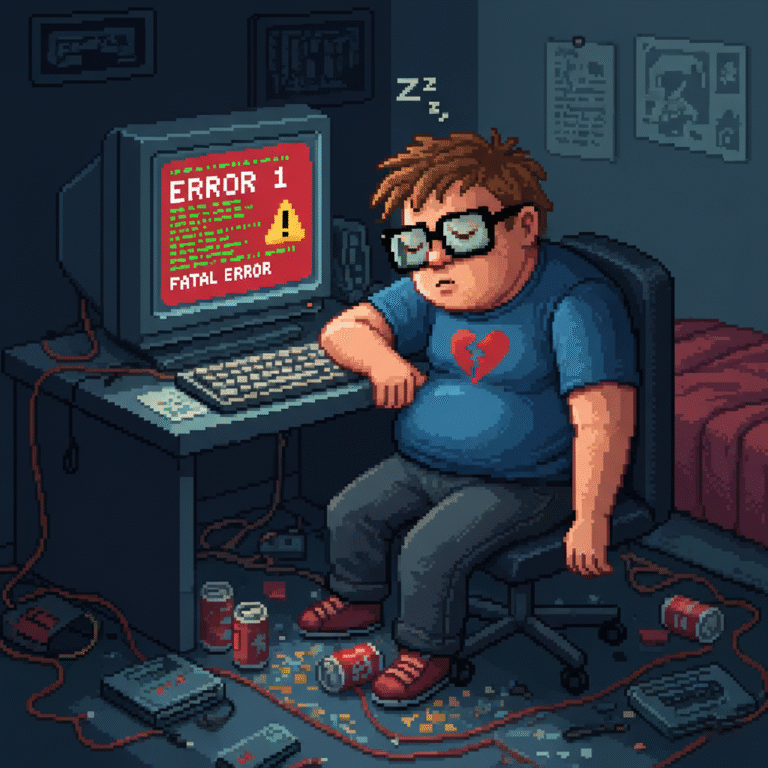
npm install error code 1: What It Means & How to Fix It
If you’re a JavaScript or Node.js developer, chances are you’ve encountered the dreaded npm install error code 1. This cryptic message can show up out of nowhere and instantly halt your development process. Whether you’re installing a new package or cloning a project from GitHub, this error can be frustrating—especially if you’re not sure what it means.
In this article, we’ll break down exactly what npm install error code 1 means, why it happens, and—most importantly—how to fix it.
What Is npm install error code 1?
The error code 1 in the context of npm install typically means that a script has failed to execute properly. When you run npm install, the Node Package Manager (npm) downloads and installs all dependencies listed in your package.json. During this process, npm may also run scripts like postinstall, preinstall, or build scripts that compile code (e.g., for native modules written in C++).
When any of these scripts fail, npm exits with code 1, which is a general Unix-based signal for an “operation failure.”
Common Scenarios Where It Happens
Here are a few typical situations where you might see this error:
- You’re trying to install a package with native bindings (like
bcryptornode-sass) and your system lacks the required build tools. - Your project includes a
postinstallscript that fails due to an outdated dependency. - You’re on a different operating system than the project was originally built for (e.g., switching from Linux to Windows).
- Node.js or npm versions are incompatible with one or more packages.
How to Identify the Root Cause
Before jumping into solutions, let’s identify the root problem:
Read the Error Log
Look closely at the terminal output. npm usually provides a stack trace that shows which package or script failed. The key message is often buried 10-20 lines above the final error.
Check npm-debug.log or full trace logs
You can find more detailed logs inside your project folder, especially if you run the install command with
verbose mode:
bash
npm install --verboseLocate the failing script
Look for lines like:
css
npm ERR! Failed at the [package-name] [script-name] script.
This will help you zero in on what’s actually breaking.
Top Fixes for npm install error code 1
Let’s look at some battle-tested solutions to resolve this issue.
✅ 1. Delete node_modules and package-lock.json
Corrupted or outdated packages often cause install errors. Reset the project environment by deleting the existing modules and lockfile:
bash
rm -rf node_modules package-lock.json
npm install✅ 2. Update npm and Node.js
Incompatibility between package requirements and your local Node/npm version can break things.
Update to the latest stable versions:
bash
npm install -g npm
Use nvm to manage and switch Node versions easily:
bash
nvm install node
nvm use node✅ 3. Install Required Build Tools
Native modules (like node-gyp, bcrypt, sharp, etc.) require build tools.
- On Windows:
bash
npm install --global --production windows-build-tools
- On macOS:
Make sure Xcode Command Line Tools are installed:
bash
xcode-select --install
- On Linux:
Install build essentials:
bash
sudo apt update
sudo apt install build-essential✅ 4. Check for Specific Package Errors
Sometimes a specific package is breaking the install. If the logs mention a package (e.g., node-sass), try this:
- Visit the GitHub repo or npm page for that package.
- Check if it supports your Node/npm version.
- Look for any open issues or install notes.
You can also try installing it manually to isolate the issue:
bash
npm install node-sass✅ 5. Clear the npm cache
Corrupt cache files can cause unexpected issues. Clear it like so:
bash
npm cache clean --force
Then try installing again.
✅ 6. Try with Legacy Peer Deps (npm v7 and above)
If you’re using npm v7+, dependency conflicts may block install. Try:
bash
npm install --legacy-peer-deps
This tells npm to ignore peer dependency conflicts and proceed.
✅ 7. Use Yarn as an Alternative
If npm keeps failing, give Yarn a try:
bash
npm install -g yarn
yarn install
Yarn sometimes handles edge cases better, especially with monorepos or strict dependency trees.
Bonus Tips
Always check the .nvmrc file if present—it tells you what Node version the project expects.
Use Docker for consistent environments across machines.
Keep your package.json clean and avoid unnecessary dependencies.
Conclusion
The npm install error code 1 might seem mysterious at first, but it’s often a symptom of something simple—like a missing build tool, an outdated Node version, or a failed post install script. With the steps above, you should be able to isolate and fix the issue quickly.
Next time you see error code 1, don’t panic. Just follow the breadcrumbs in the logs, clean up your environment, and you’ll be back to coding in no time.

